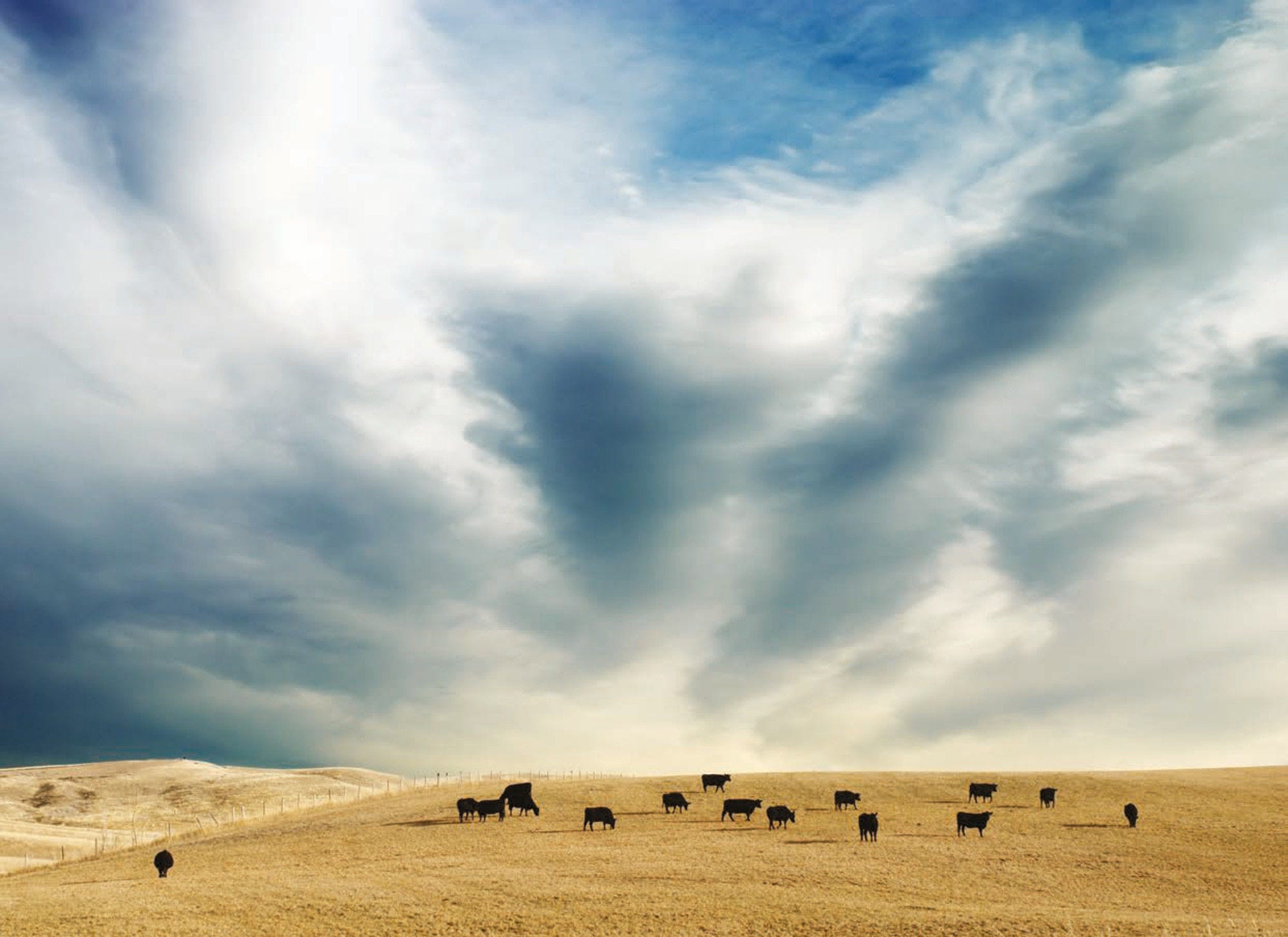The strategic objectives of agricultural and food policies, as set out in White Paper No. 11 (2016‑17), “Change and development – A future-oriented agricultural production”, are: food security; agriculture throughout the country; creating more added value; and sustainable agriculture. Norway also has an objective that Norwegian agriculture has world-leading animal welfare.
The principal policy instruments supporting agriculture include border measures, budgetary payments that are differentiated by commodity and region and domestic market regulation, based on the Marketing Act. The Marketing Act covers certain types of meat (beef, mutton, pork and poultry); milk, butter and cheese; eggs; cereals and oilseeds; potatoes, vegetables, fruit and berries; and fur skins.
Target prices are provided for milk, pork, grains and some fruits and vegetables. The government and farmers’ organisations annually negotiate target prices and the budgetary framework for payments to farmers. Marketing fees collected from producers finance marketing activities dealing with surpluses (until 2020 also including export subsidies for livestock products).
A system for buying and selling milk production quotas was put into force in 1997. The milk quota system serves to regulate the milk production in proportion to the market situation, and the quotas are each year multiplied by a factor to fix the amount of milk each producer can deliver to a dairy.
Various direct payments are provided to farmers, including area and headage payments as well as payments based on product quantities (meat). Many of these are differentiated by region and farm size in order to equalise incomes across all types of farms and regions. This is designed to maintain the geographic distribution of farms and production in the country.
Since 2004, agri-environmental measures are implemented as part of the National Environmental Programme (Nasjonalt miljøprogram), which aims to contribute to sustainable agriculture production with reduced greenhouse gas (GHG) emissions, as well as fulfilling Norway’s international commitments on environment and climate in the agricultural sector. The most important agri-environmental measures are the Acreage Cultural Landscape Support (Areal- og kulturlandskapstilskudd), with an annual budget of NOK 3 647 million (USD 424.5 million), and payments for grazing livestock (beitetilskudd), NOK 1 078 million (USD 125.5 million). Other measures include those for organic agriculture, regional environmental programmes for specific agri-environmental measures, schemes for supporting cultural and natural values and reducing pollution in the agricultural landscape, Special Environmental Measures In Agriculture (Spesielle Miljøtiltak I jordbruket) and organised grazing measures (Tiltak I beiteområder). Environmental levies are applied on agricultural pesticides.
The Selected cultural landscapes in agriculture (Utvalgte kulturlandskap I jordbruket, UKL) initiative supports farmers who want to make an extra effort to care for the environmental values of cultural landscape in 46 selected areas with important or exceptional cultural landscapes. The investment is based on voluntary agreements between the state and the landowners. Co‑ordination of these cultural landscapes nationally is the responsibility of the Norwegian Directorate of Agriculture, in collaboration with the Norwegian Environment Agency and the National Heritage Board. Each of the selected areas is co-managed by the municipality, landowners and agricultural enterprises, in collaboration with regional agricultural, natural and cultural heritage management. The initiative has a budget of NOK 38 million (USD 4.4 million) in 2022.
The Regional Environmental Programme includes payments to reduce water pollution from agricultural fields, environmentally-friendly spreading of manure, mowing small (abandoned) fields with high or special biodiversity in forest and mountain areas, grazing on islands, maintenance around heritage sites in the agricultural landscape, etc.
In 2016, the government published the national strategy on bio-economy. This was a broad cross-sectoral strategy developed by eight ministries, including the Norwegian Ministry of Agriculture and Food. The strategy has three overarching objectives ‒ increased value creation, reduced GHG emissions, and increased resource use efficiency and sustainability ‒ and four focus areas: i) co-operation across sectors, industries and thematic areas; ii) markets for renewable bio-based products; iii) efficient use and profitable processing of renewable biological resources; and iv) sustainable production and extraction of renewable biological resources.
Article 19 of the European Economic Area (EEA) Agreement concerning trade in basic agricultural products is reviewed periodically. The last round of these reviews was finalised in April 2017 and changes agreed entered into force in October 2018. Under the EEA, TRQs expanded on several products, including meat, cheese, vegetables and certain products used in the food industry for making processed agricultural goods. Through the European Free Trade Association (EFTA), Norway has negotiated 29 free trade agreements (FTAs) with 40 partner countries. All agreements include agricultural products. About 10% of all trade is covered by FTA, with average tariffs low outside the agriculture sector. For agricultural products, simple average MFN applied tariffs were 37.1% and bound tariffs were 143.1% in 2017.
Regarding measures related to animal welfare, there is a ban on routine prophylactic use of antibiotics and the use of antibiotics as growth promoters in animal feed. Veterinary services are provided in the whole country to ensure all animals have access to treatment. Investments to promote animal welfare are given priority in the ordinary investment programme for agriculture.
